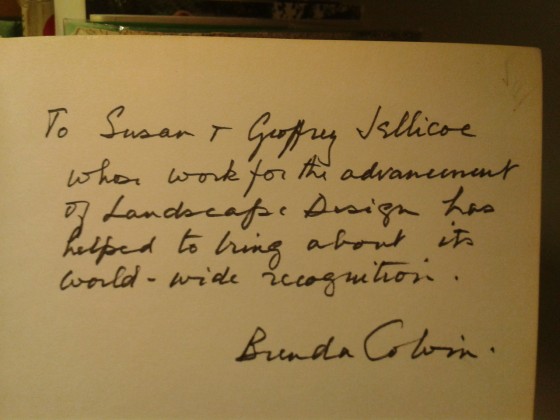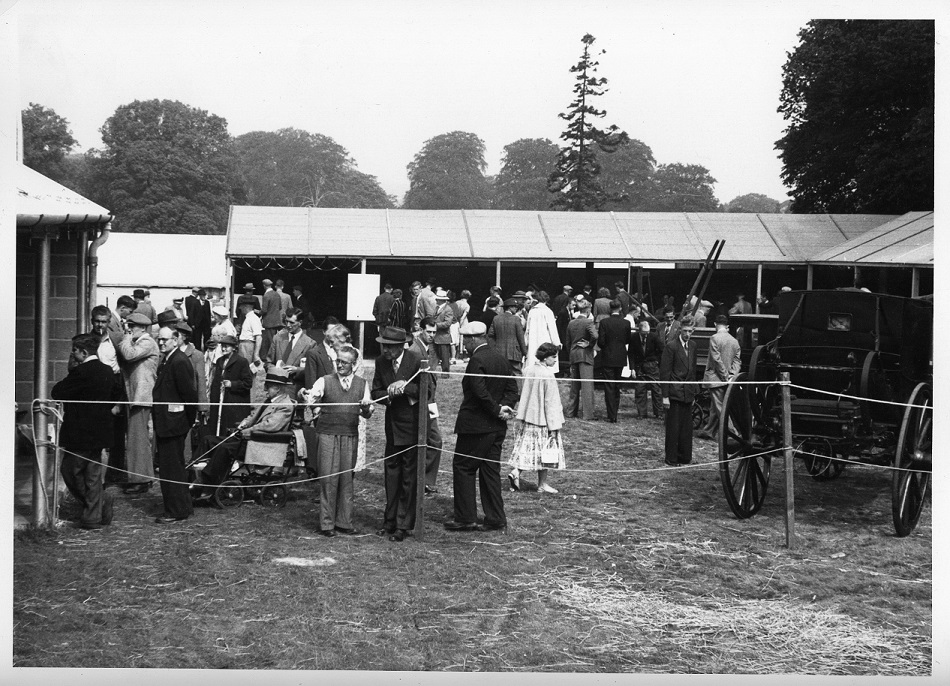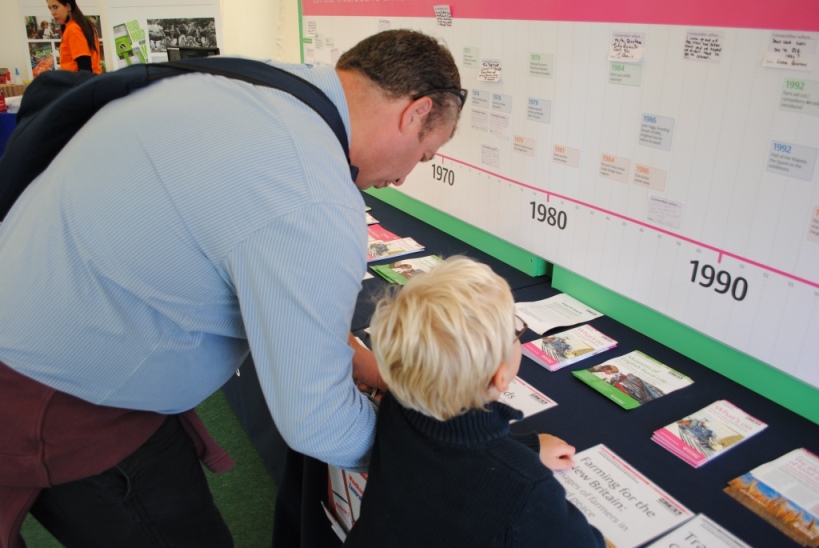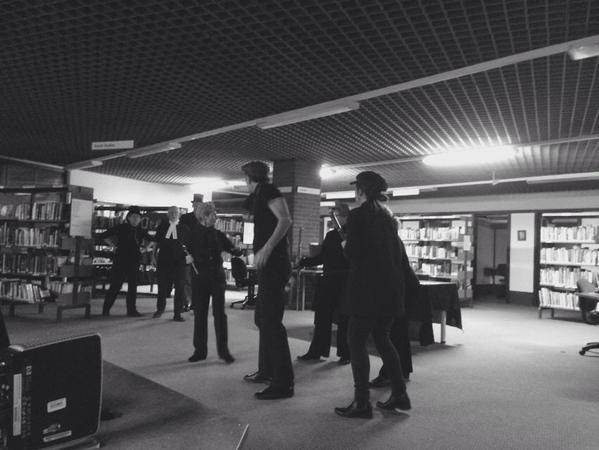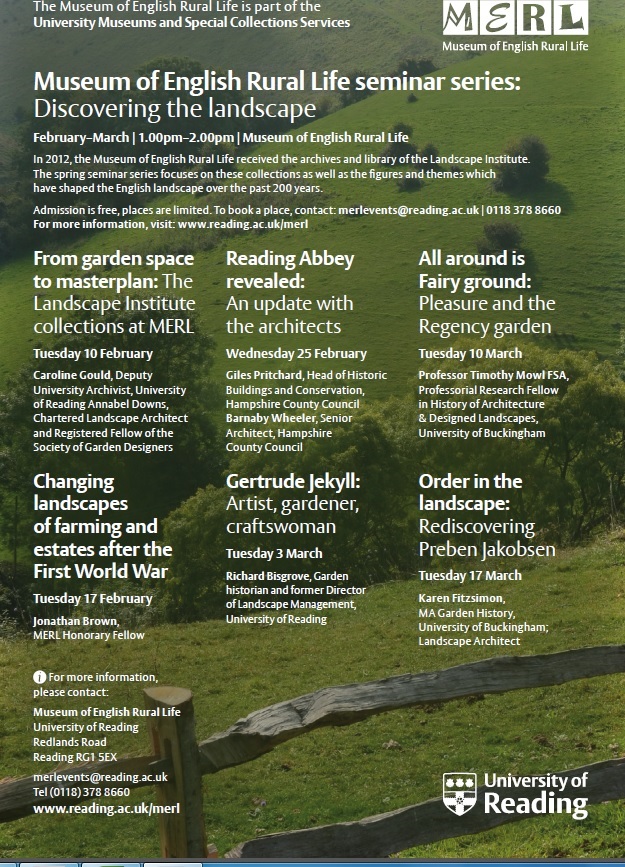During February half term we invited families to see how the museum has changed since we closed and to find out about our plans. Alison Hilton, Marketing Officer explains how the family forum events were a great opportunity to try out some ideas for activities and get feedback from family visitors too.
We didn’t realise quite how much we’ve missed our visitors since closing for redevelopment until we were able to welcome back some familiar faces during February half term. Some of our most frequent family visitors joined us for a Behind the Scenes family tour and for the first Family Forum meeting.
It was really exciting to be able to show these families the dramatic changes that have taken place in the Museum since October and to share our plans with them. As regular visitors, they were familiar with the museum, and so were interested to see what has been going on over the last few months: there’s the building work going on at the front and back of the museum; the wagons have come down from their pedestals; most of the objects are carefully stacked down one side of the museum behind huge plastic sheeting; and others are covered with dust sheets. They were very good at guessing what was under each sheet – although it is hard to disguise a threshing machine! Some were surprised at how big the museum seems when cleared of objects whilst others couldn’t believe we’d ever got all those objects in!
The families were able to get closer to some of the wagons than anyone has been able to in the last 10 years as they have just been lifted down from the overhead rail, and learnt about the need for careful conservation (which involves hoovering the dust that has accumulated whilst they were inaccessible)
At the far end of the museum they were able to see where the new extension will be built to house one of the huge 1951Festival of Britain wall hangings and our conservator invited them to have their say on which one will be chosen to be displayed first – Kent or Cheshire?
Everyone had plenty of questions for us. The children asked about their favourite objects and activities from the ‘old’ museum, such as the rat trail, dressing up and threshing machine model and the Speed the Plough film. We were able to reassure them that there will be lots of new dressing up opportunities and that we’re spending a lot of time at the moment planning exciting new interactives which will make visits to the new museum even more fun and interesting. The adults wanted to know how we were going to encourage children of all ages to stop, look and think about the objects, which lead to useful discussion about the new gallery themes and types of text and labels we are thinking about.
The half term events were designed to enable families to find out more about our project, but we also wanted the opportunity to listen to their feedback and test out one particular aspect of our plans, so after the gallery tour the families took part in an object handling session. We’ve planned a session based on objects relating to shepherding and lambing which we needed to try out, and we were amazed at the positive responses. They understood why we have to be careful with the objects, why you can’t usually touch all the things on display, and were so good at working out what the objects were we might have to choose more obscure objects in future!
We also happy to have reporter Chris Forsey from the Reading Chronicle at the first event! You might have seen his article in the paper?!
These were the first of our family forum sessions in which we will be testing more ideas and seeking feedback from regular visitors as well as those who are not familiar with the museum. If you’d like to be involved, please contact Danielle Eade.


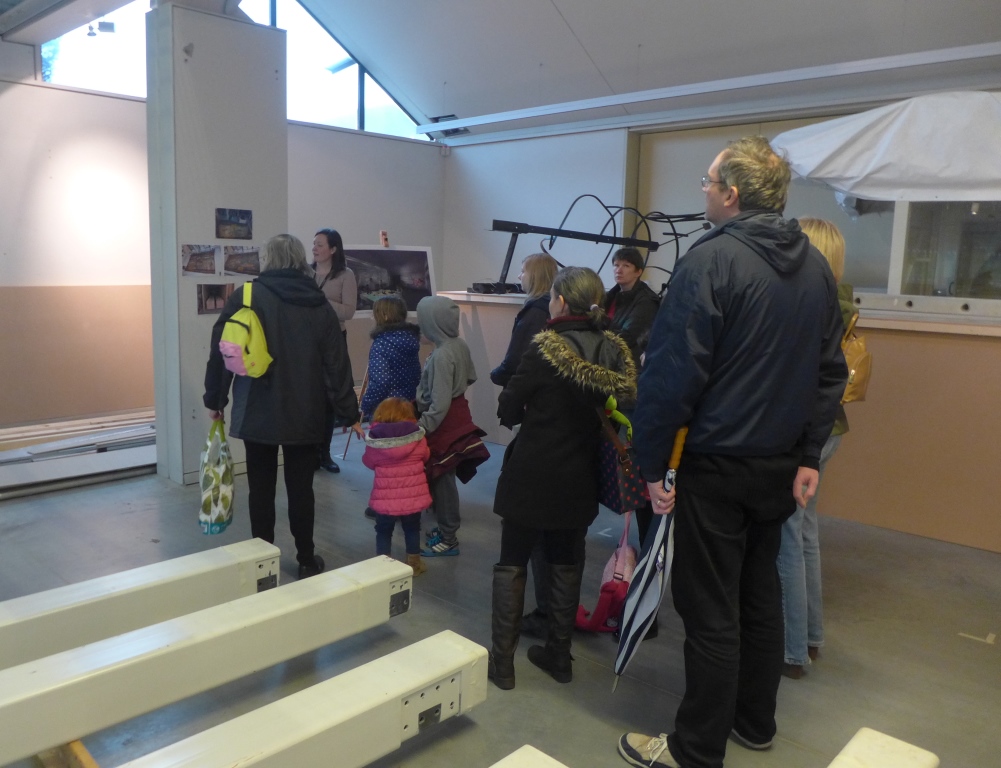
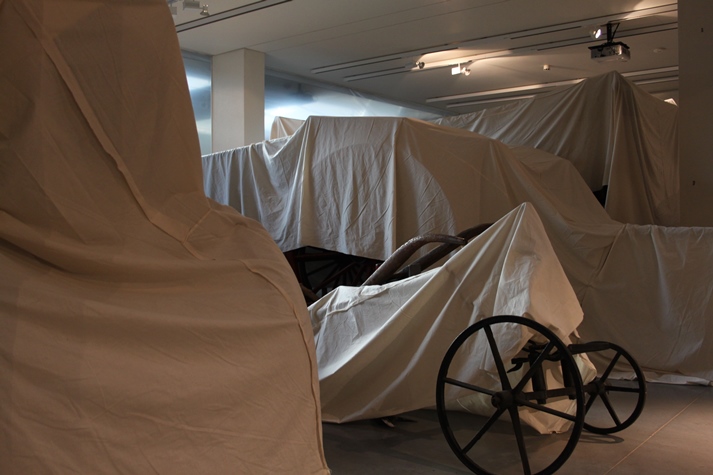


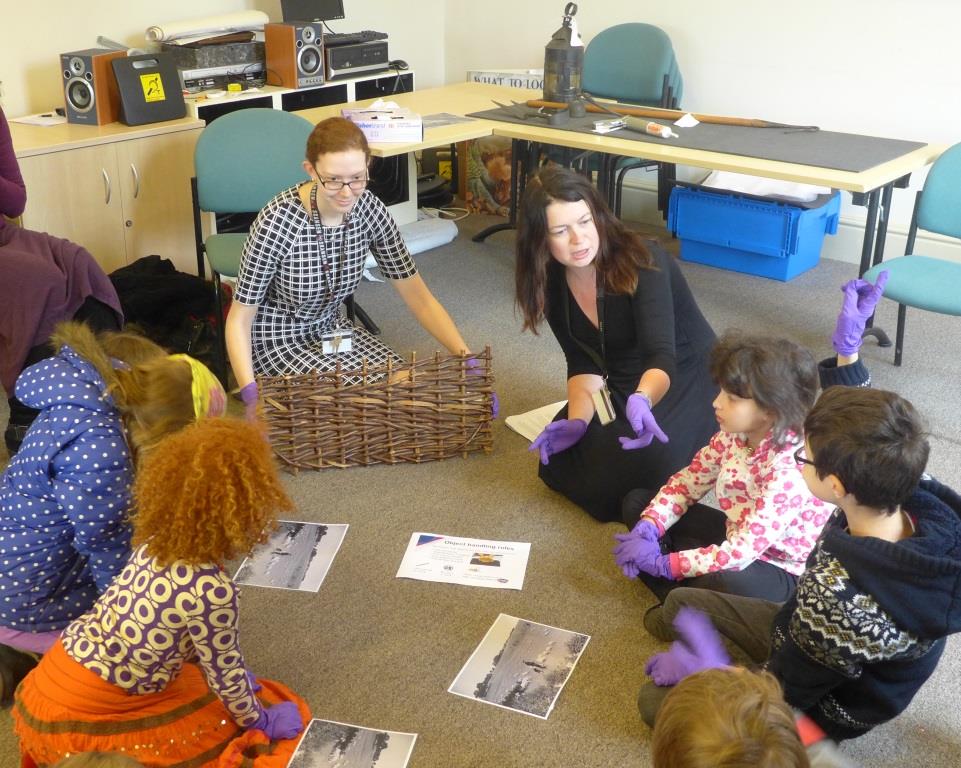
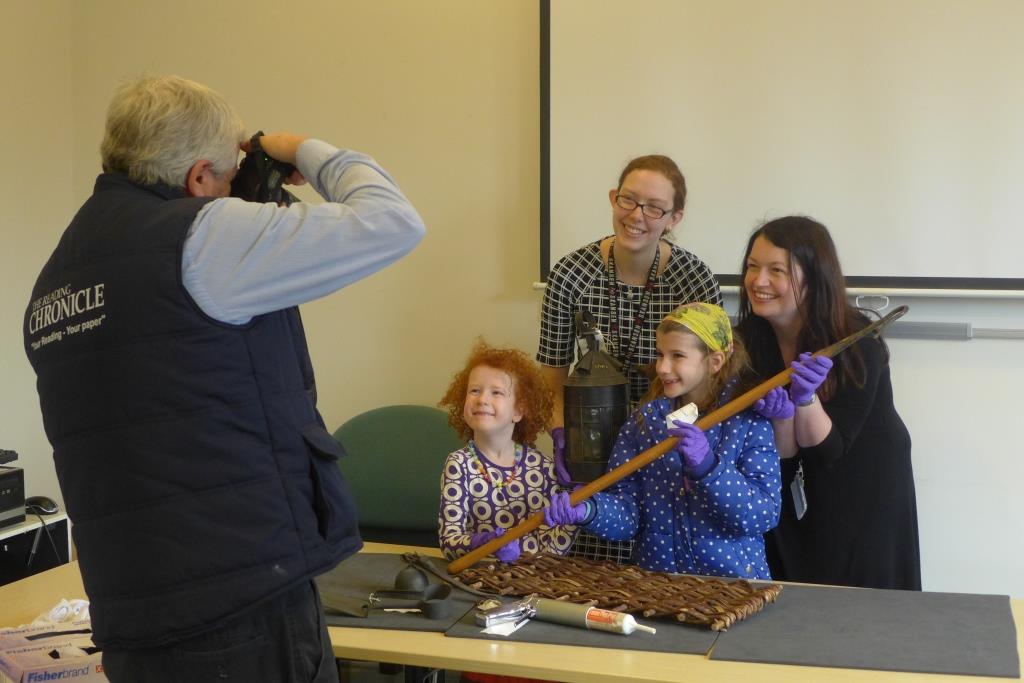


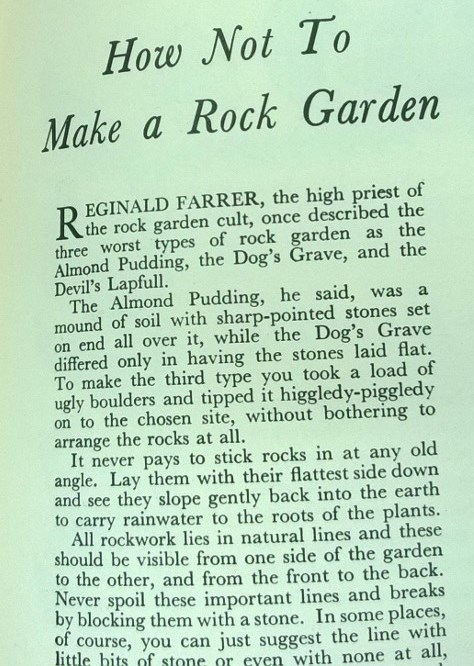

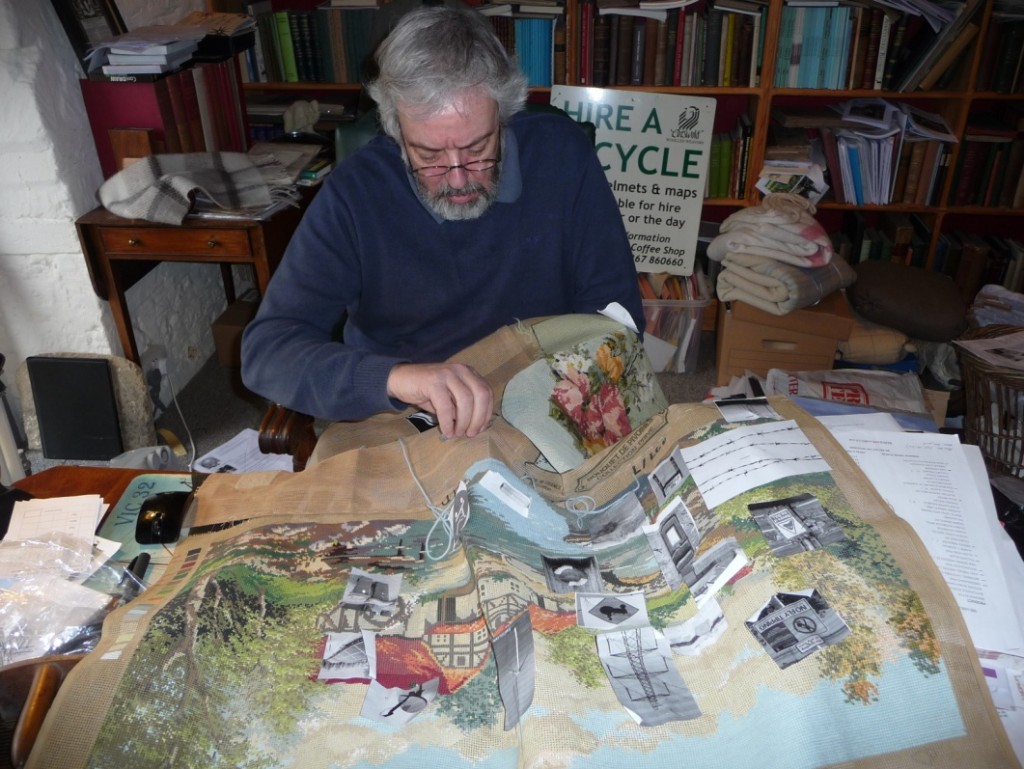

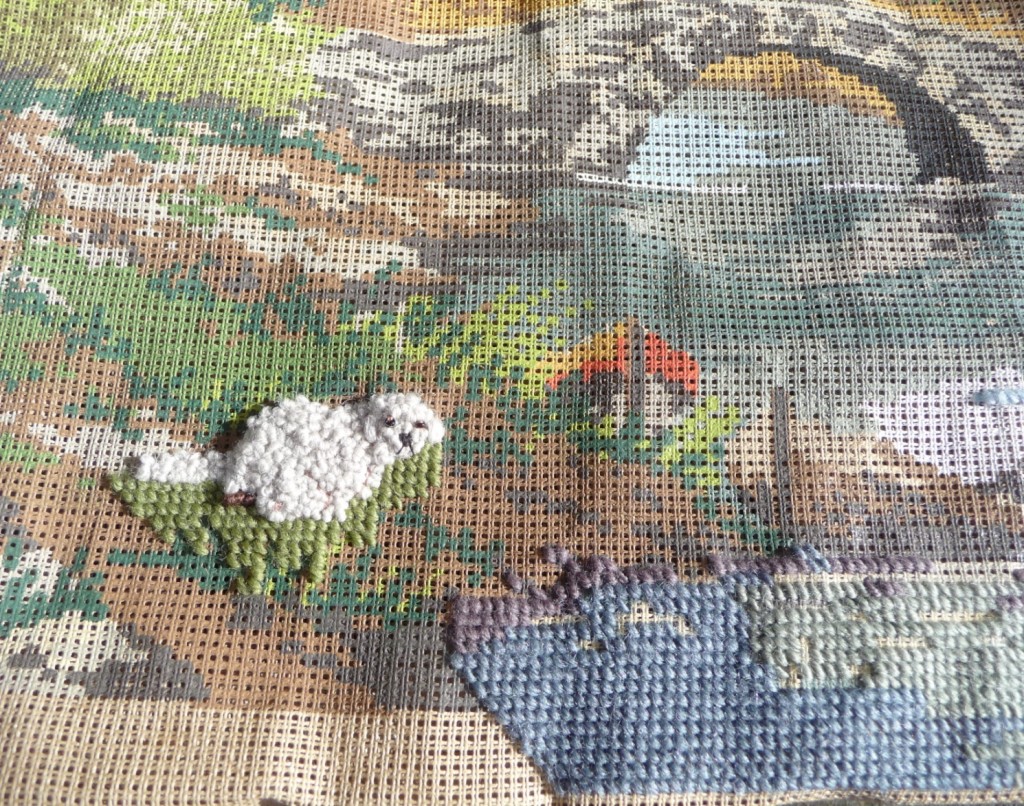



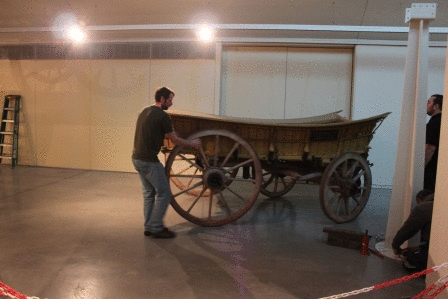
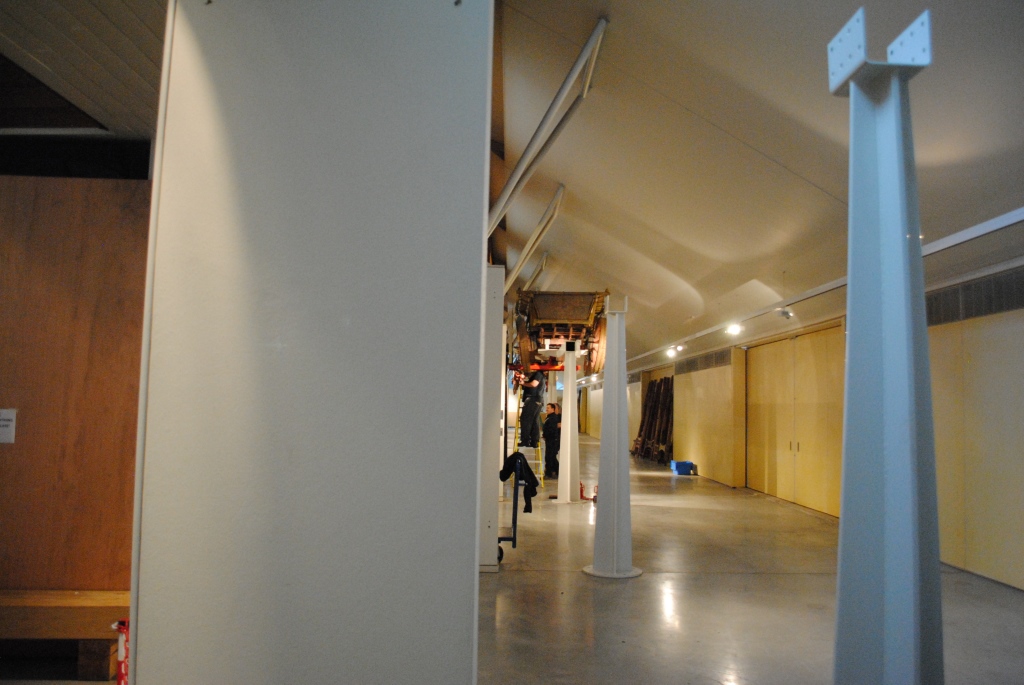
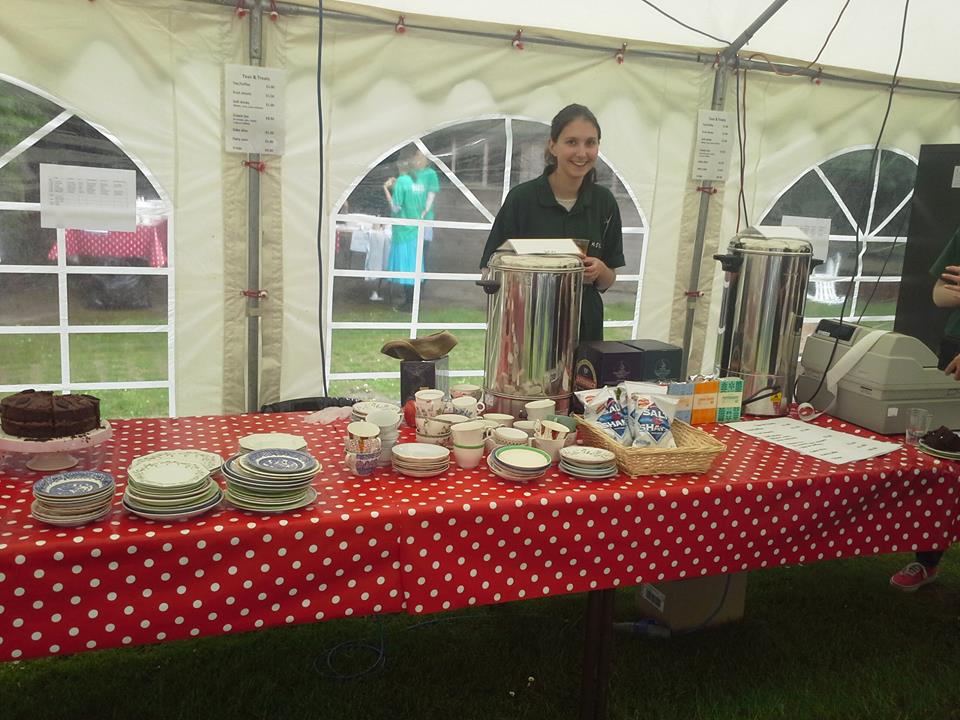
![From AR COL A/6/5, Folder relating to Little Peacocks Garden, Filkins [Brenda Colvin's home from 1960s]](https://blogs.reading.ac.uk/merl/files/2015/02/AR-COL-A_6_5-Little-Peacocks_81.jpg)
![From AR COL A/6/5, Folder relating to Little Peacocks Garden, Filkins [Brenda Colvin's home from 1960s]](https://blogs.reading.ac.uk/merl/files/2015/02/AR-COL-A_6_5-Little-Peacocks_91.jpg)

